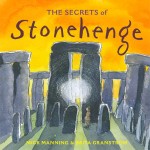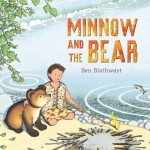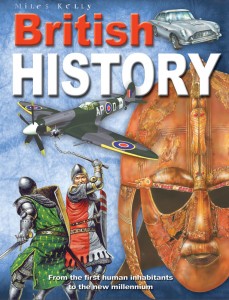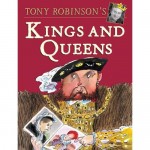A couple of years ago after a quick run through of British history we started looking at world history.
Many home educators use The Story of the World as a basis for world history, so we began by investigating this.
Story of the World

See on Amazon
The first story grabbed my then eight year old daughters attention, but we soon discovered that these books didn’t work for us. We found the layout and writing pretty boring. Past the first story the tales lacked characters and everything lacked enough variation to make things interesting. The Activity book didn’t really work for us either, as we’ve found conversation and story telling to be more useful. The slight Christian bias also didn’t suit us.
I was however quite taken with the idea of the four year cycle of ancient, medieval, early modern, and modern.
Well-Trained Mind, The Story of the World
Our approach
Rather than use The Story of the World I decided on a research it ourselves and collaborate with friends approach. Here is a bit about what has worked for us.
Monthly time period
I assigned a time period to each month (around eight per year) focusing on ancient history for the first year, then this last year we have moved on to medieval history.
1. Ancient History (Up to approx 400AD/CE)
- Prehistory
- Ancient Mesopotamia
- Ancient Egypt
- Ancient China
- Other ancient peoples
- Ancient Greece
- Ancient Rome
2. Medieval History (approx 400 to 1400AD/CE)
- Early Medieval Europe
- Vikings
- Islamic Empires
- Mongols
- Asia
- Africa
- Americas
- Medieval Europe
3. Early Modern
A bit about how our approach is developing this year…
- Renaissance Europe
- Islamic Empires
- Russia
- Africa
- Asia
- Australia
- Americas
- England
- British Isles
4. Modern
The schedule can also be easily changed to include times and places of particular interest or significance to your family
Resources
Rather than use a bought curriculum we have researched ourselves.
We have used lots of different resources along the way. reference books, websites, historical fiction, children’s factual books, websites, TV documentaries, children’s TV, board games, music videos and more. Sometimes I read adult books and shared my findings with my daughter through conversation.
- World History reference books
- Factual books
- Historical fiction
- World History websites for adults and children
- TV documentaries
- Children’s TV shows
- TV drama
- Music videos
- History craft books
- Board and card games
Over time I will blog about resources we found and used along the way.
Special Interests
Although this approach does require more research it has also enabled us to tailor history and has the advantage of allowing us to incorporate special interests. For us this meant focusing on mythology for some of the ancient time periods and then later on famous women in history. All sorts of interests can be incorporated in this way, from animals, transport to warfare depending on what excites the child. .
History Groups
We have really enjoyed tackling much our history as part of history groups. It helps us focus on the history and gives a deadline by which to produce something to share.
We are part of a Facebook group where home educators can share resources and ask for help and ideas. https://www.facebook.com/groups/historyhomeeducation/





 Find Minnow and the Bear on Amazon…
Find Minnow and the Bear on Amazon…






